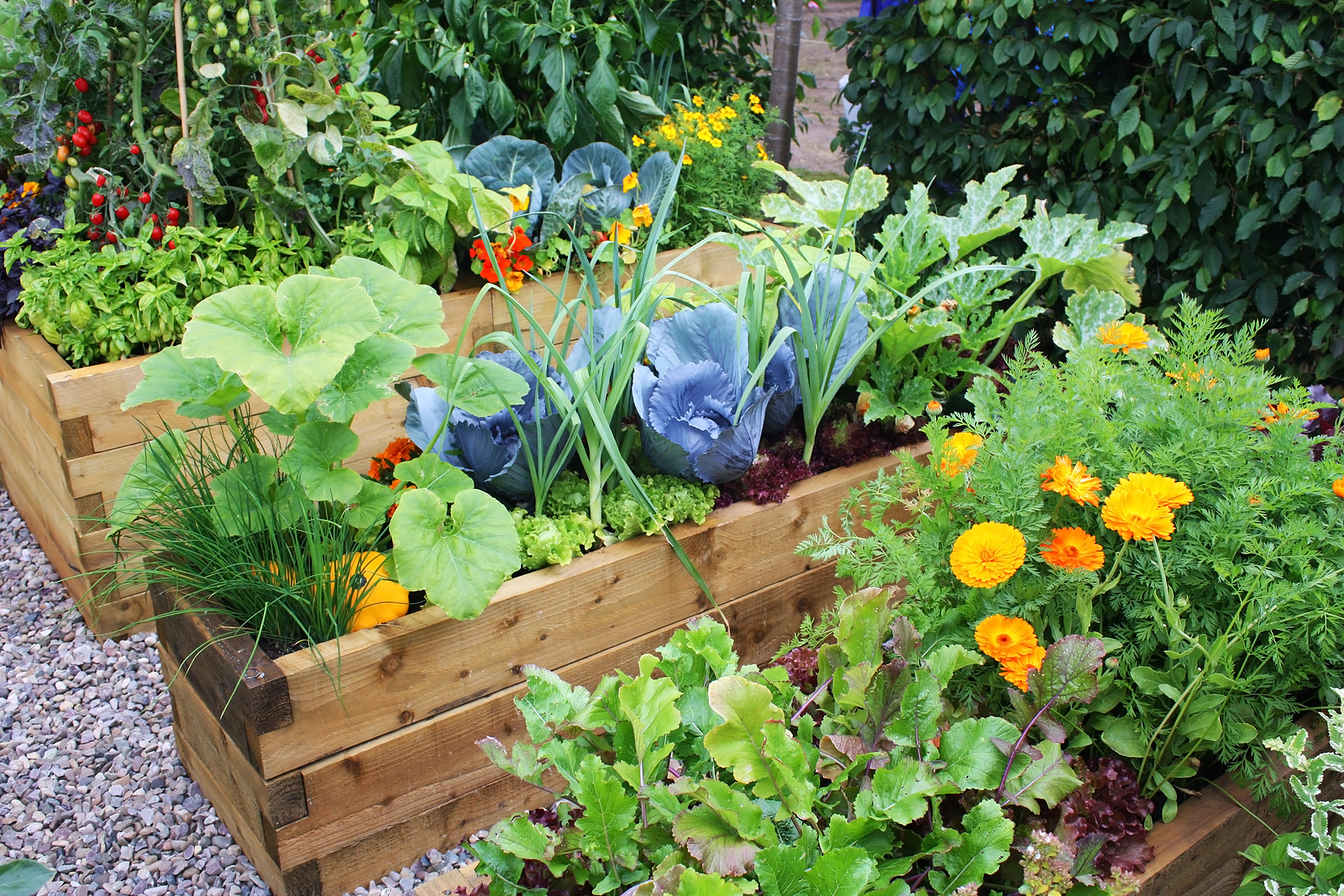Urban Agriculture refers to cultivation, processing and distribution of agricultural products within the urban areas. Urban agriculture has become a common practice globally. According to the Food and Agriculture Organization (FAO), by 2007, urban agriculture contributed more than 10% of global food production. Whatever the case may be, several studies and research have shown that urban agriculture is becoming more popular with some cities in African and even Asia, known to provide more than 50% of the food for its population.
Why urban agriculture?
Increased food Security
When the urban population starts producing its own fresh food, there is reduced dependance on rural food production. This goes a long way in fostering food security in the country.
Sustainable farming
Urban agriculture can leverage easily on the available technologies to make farming more sustainable. Farmers use more efficient irrigation methods to increase production yield. Urban agriculture can also be carried out in small spaces thus making farming more sustainable and scalable. Use of locally available materials enable farmers to set up vertical gardens for instance, which go a long way in making farming possible in areas that would otherwise be considered unideal for agriculture.
Availability of fresh food
Carrying out farming in urban areas makes it possible for the urban residents to get fresh food daily. Transportation of food from the rural areas is one the main challenges that farmers encounter in the attempt to supply the cities with fresh farm produce. When the food is produced within the city and its environs, the urban population is assured of continuous supply of fresh farm produce.
Food Affordability
Farming in the city increases food supply. Increased supply translates to reduced prices of commodities. Food will be cheaper if it is produced within the location of the consumer compared to the same product being produced hundreds of miles away.
Employment opportunities
Agriculture was for a long time seen as an activity reserved for the rural areas. Urban agriculture has changed this narrative. Many people are now employed in the various farms located in the cities. With urban agriculture getting more traction, the sector continues to employ thousands of people, directly and indirectly.
Farms of the future
Slowly but surely, urban agriculture continues to impact food security globally. As arable land becomes scarcer, there are several studies on technologies that enhance productivity of urban farms. Secondly, with urbanization continuing to soar, an increasing urban population provides the required demand for fresh food. Many young people are now investing their money and time in urban farming.
Challenges of Urban farming
Whereas urban farming continues to thrive, there are many challenges that face this type of farming.
Land constraints
Most of the space in the urban areas have been used to build industrial and residential structures. The real estate sector has seen most of the land that would otherwise have been suitable for farming converted to other different use. Furthermore, the price of land is extremely high thus making farming a non-viable economic activity for such land.
Government regulations
Urban areas are zoned for different activities. Change of use of land will require the approvals by the government authorities. Most people find these approval processes tedious, time-consuming and expensive.
High cost of farming
Besides the initial high cost of acquiring the land, urban farming in most cases requires advanced technology if you are to achieve the desired productivity. This increases the cost of farming thus discouraging many people from venturing into this kind of farming.
Water availability
Urban farming depends heavily on irrigation. Most of the towns do not enjoy reliable rainfall all year round. Water remains a big challenge, not only for urban farming, but for the general use by the urban population. The high cost of water a times makes urban farming economically non-viable.
Neighborhood Conflicts
One of the biggest challenges that urban farmers face is opposition and conflict with the neighbors. Considering that most of the urban areas are occupied by residential settlements, most of the farmers find themselves in conflict with these residents. Noise, water, and air pollution from the farms are common causes of conflicts with the residents.
Waste management
Limitation of space in urban areas often makes farm waste management a big challenge. Farmers that major in livestock for instance find it a challenge to dispose of waste from their farms. Some farmers have adopted technology to curb this challenge. This comes at a cost, nonetheless.
Conclusion
Urban farming is being embraced globally as one of the major strategies to enhance food security. By growing its own food, the urban population reduces constraint and over dependence on the rural population for food supply. Challenges notwithstanding, urban agriculture will continue to soar, and more so as we see arable land become less day by day. Important to note, research and advancement of technology in agriculture will be the backbone of urban farming.


La nostra piattaforma rende possibile il reclutamento di persone per lavori pericolosi.
Gli utenti possono selezionare candidati qualificati per lavori una tantum.
Ogni candidato sono selezionati con cura.
sonsofanarchy-italia.com
Con il nostro aiuto è possibile consultare disponibilità prima di assumere.
La sicurezza continua a essere la nostra priorità.
Contattateci oggi stesso per trovare il supporto necessario!